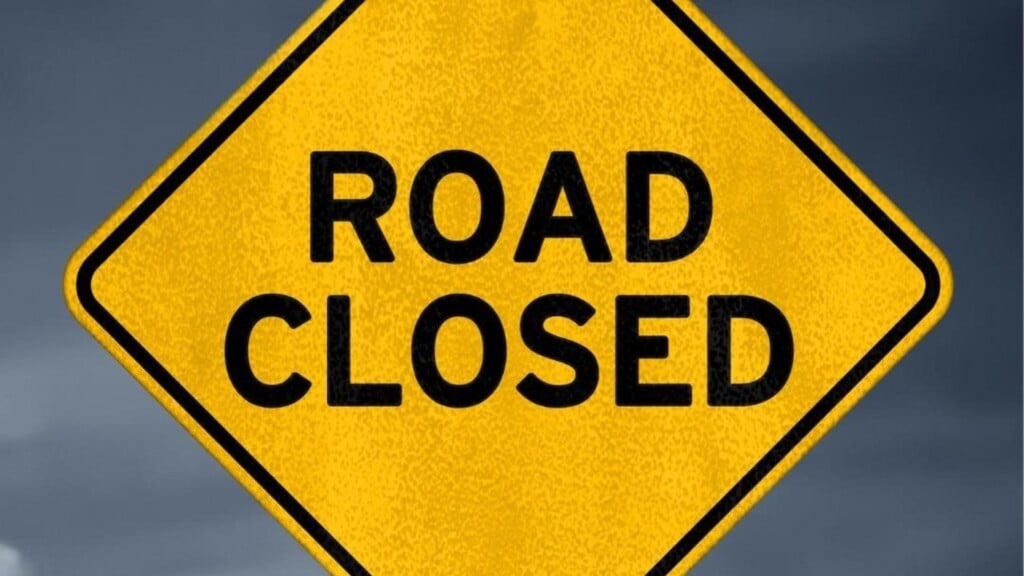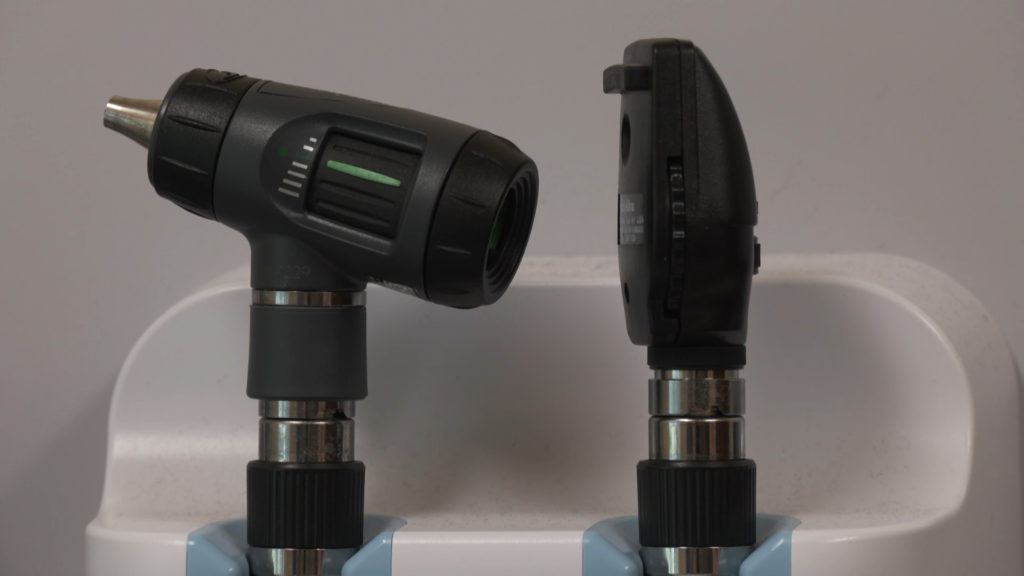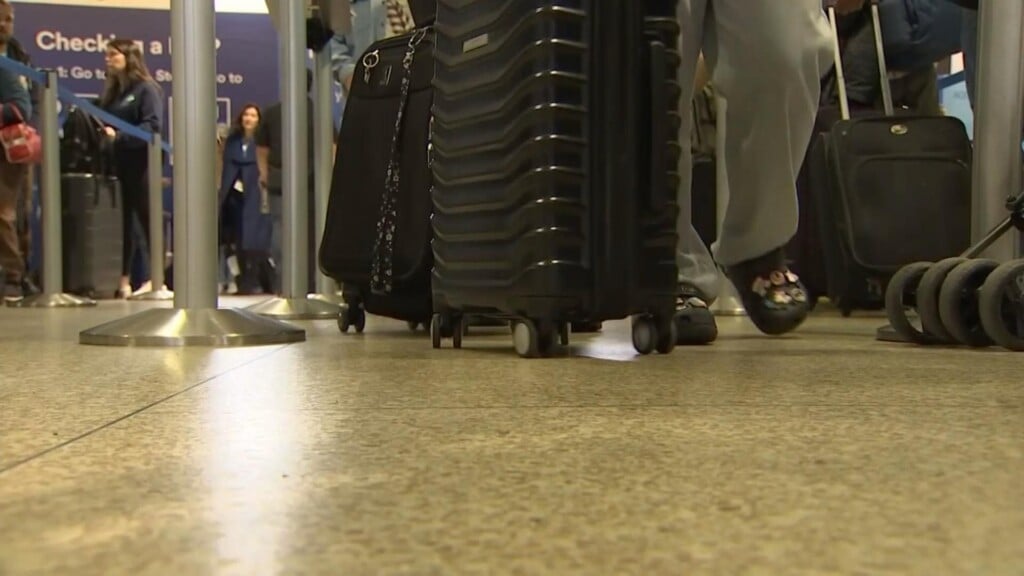Beshear provides update on severe weather, 14 fatalities reported
FRANKFORT, Ky. – Gov. Andy Beshear provided an update on severe weather affecting the Commonwealth.
On Tuesday, the governor reminded Kentuckians that snow and below-zero temperatures are expected across much of the state this week.
“If you can’t turn your heat on by this afternoon, you need to call a family member or friend and go stay with them. If that option isn’t available, please go to an emergency shelter,” Beshear said. “The temperatures are dropping dangerously low, and we need to do everything possible to keep our neighbors safe.”
Beshear says the death toll after this round of severe weather has risen to 14.
The Team Kentucky Storm Relief Fund is available here. As of this morning, the governor says it has raised over $50,000 to help cover each victim’s funeral.
As for weather, officials say widespread snow accumulation will start Tuesday afternoon across western Kentucky and continues into eastern Kentucky on Wednesday.
Officials say 2 to 7 inches or more of accumulation of snow expected across the state.
Beshear says the worst conditions are expected to be west of Interstate 65 in western Kentucky. The heaviest snowfall will be Tuesday night through early Wednesday morning.
Rain and snowfall will be followed by very low temperatures Thursday through Friday, with wind chills Thursday morning that will be dangerously cold.
For information on warming shelters in Warren County, click here.
So far, the Kentucky National Guard, Kentucky State Police and Kentucky Emergency Management, along with Indiana and Tennessee National Guards, have worked more than 800 response missions.
Beshear announced Monday that Kentucky is applying to FEMA for individual assistance. Meanwhile, Beshear’s administration is already working with state legislature to set up a pool of funding for long-term recovery.
The governor’s office has also shared the following safety tips:
- Watch your step. Floodwaters often hide sharp and dangerous debris, like broken glass and metal. Floodwater can also be contaminated with oil, gasoline or sewage.
- Wear the appropriate protective clothing and gear such as boots, gloves and safety glasses when moving debris.
- Stay away from electrical utility equipment after a storm, or if it is wet, to prevent being electrocuted. Report any utility issues to your local utility company.
- Flooded homes are hazards. Get a professional to check for loose wires, mold and hidden damage before re-entering.
- Use generators or other gas-powered machinery only outdoors and away from windows.
- Never drive into a road covered with flowing water. One foot of flowing water can sweep a car off the road; two feet will carry away an
- SUV or pickup. Even six inches of water can knock you off your feet. Never walk or drive through swift water. Turn around, don’t drown!
- Respect barricades and posted signage. If you encounter a flooded road, turn around. You’re not only putting your own life at risk, but also the lives of first responders.
- If you encounter a dark traffic signal, treat it as a four-way stop.




